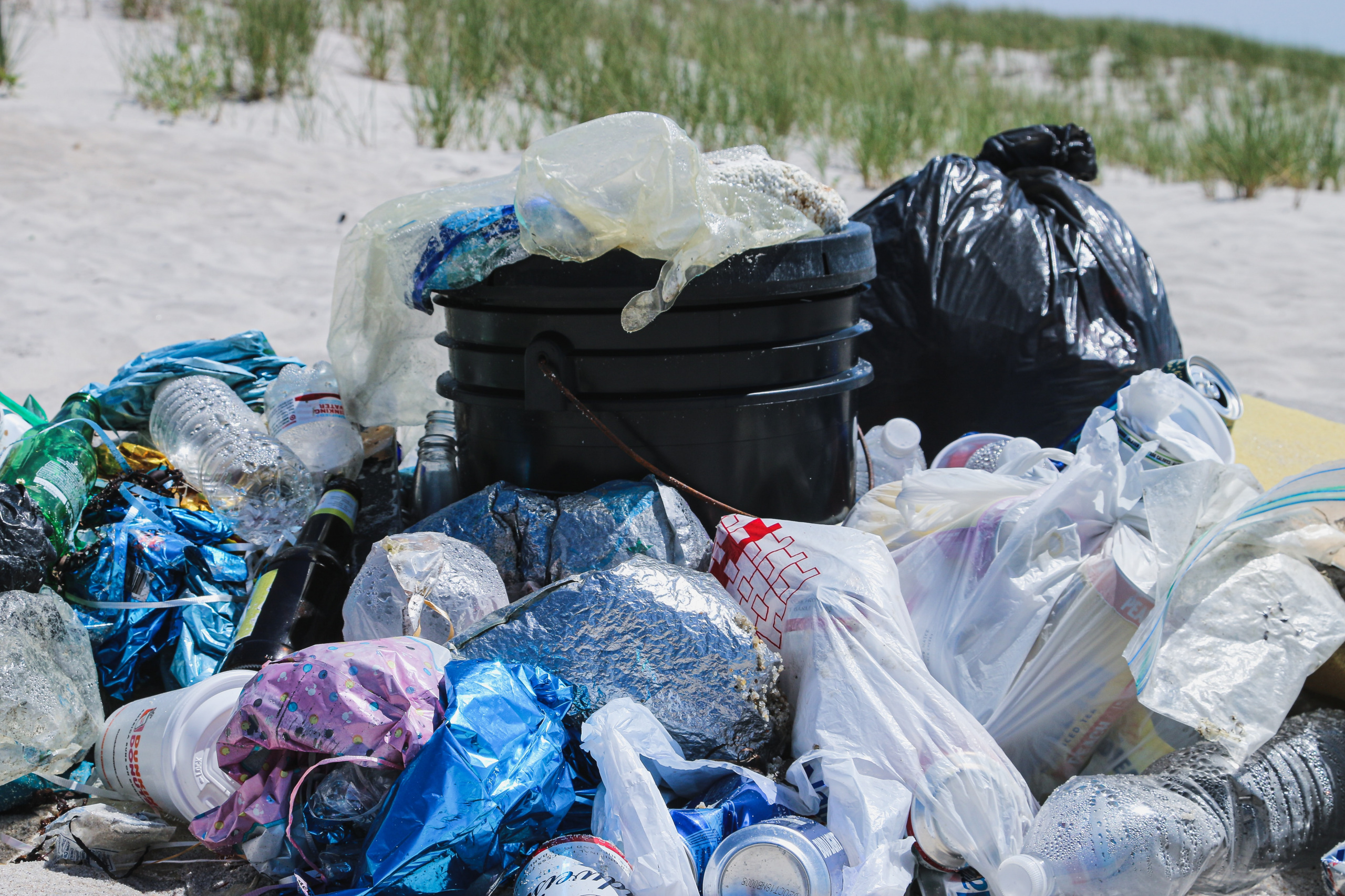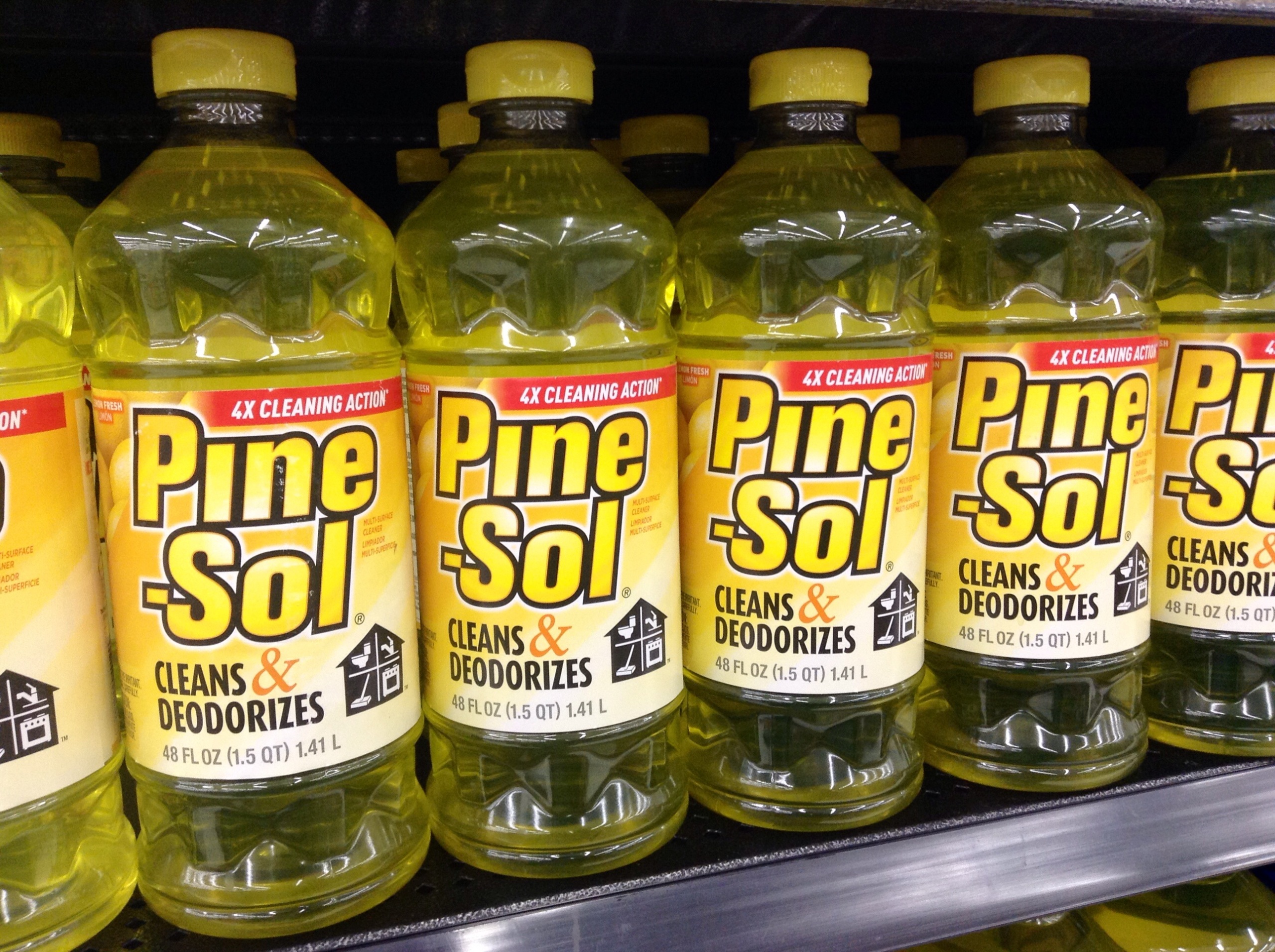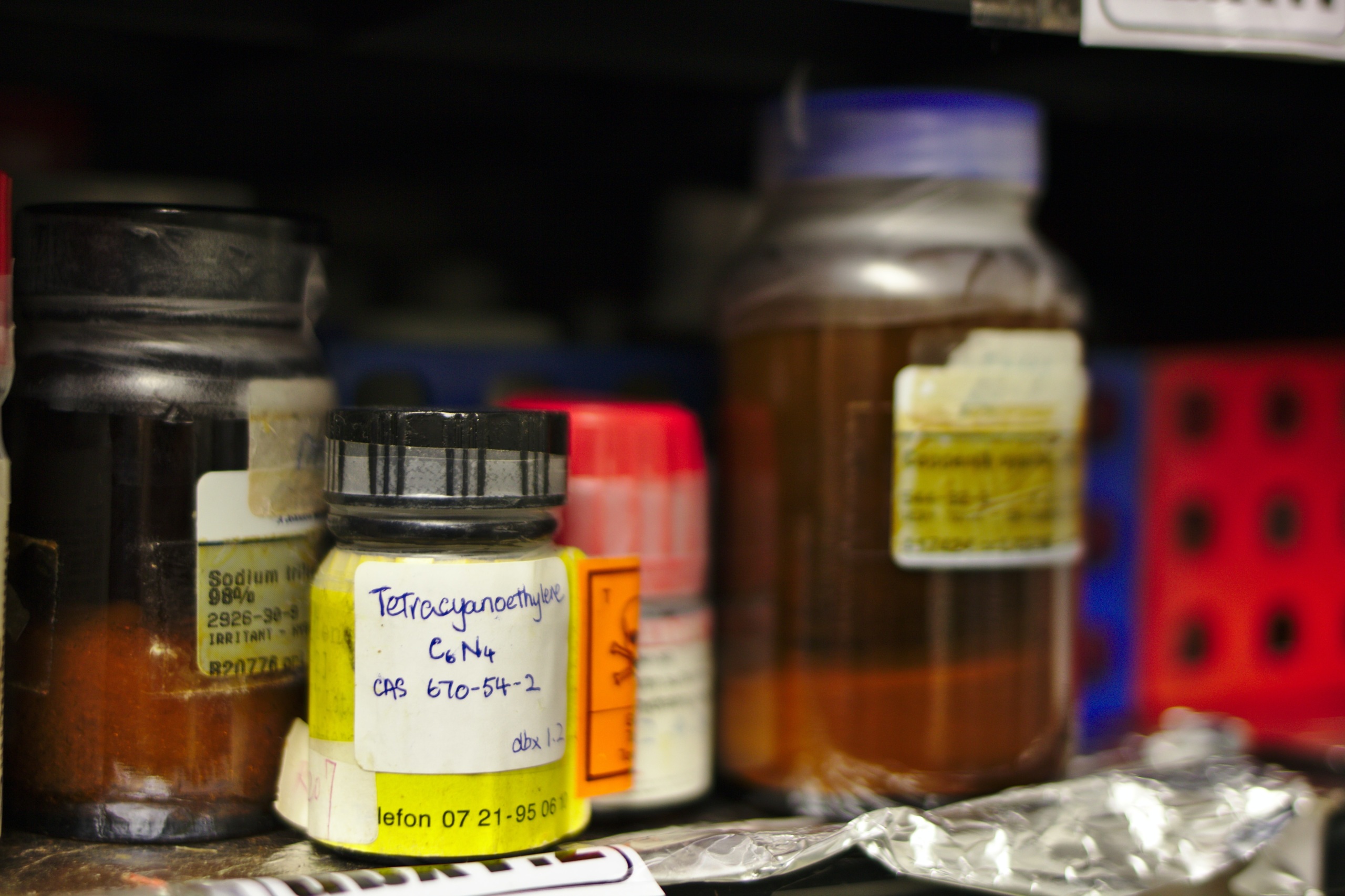
What’s in that Pine-Sol bottle?
What chemicals do household cleaners contain? And can you find out if they present health risks?
In October, the Consumer Product Safety Commission announced that Clorox had recalled several kinds of Pine-Sol cleaners because of bacterial contamination that could threaten the health of people with compromised immune systems.
I’ve always thought of Pine-Sol as an industrial-grade cleaner, complete with an industrial-grade odor – something that bacteria couldn’t possibly survive in and that probably contained chemicals that were a health risk to everybody who used it. But the news got me wondering: How could bacteria grow in that colorful chemical brew? What do the various versions of Pine-Sol actually contain? What chemicals does any household cleaner contain? And can I find out if they present health risks?
With a bit of digging, I found the answers. But I also bumped into the limits of the benefits of transparency for consumers.
First, the digging. According to the EPA, “manufacturers of chemical products are not required to list ingredients on their containers or make them public.” That explains the lack of ingredient lists on products found on the shelf in the cleaning aisle of the grocery store.
There are still ways to find out what’s in that bottle.
Clorox, the manufacturer of Pine-Sol, discloses the ingredients in its products online – and has done so for more than a decade. The ingredients in original Pine-Sol and other types of Pine-Sol, such as “Lavender Clean,” are available through links on Clorox’s website.
The ingredient lists include active and inactive ingredients, including fragrances. In addition, each ingredient has a helpful link to a short description of what function it typically performs in a product and what the human health risks are.
The ingredient lists gave me a pretty solid clue to the riddle of how bacteria could grow in Pine-Sol. By looking at the marketing information and ingredient lists for original Pine-Sol as well as the Lavender Clean, Sparkling Wave and Lemon Fresh varieties, I discovered that, of the Pine-Sol cleaners marketed to consumers, only original Pine-Sol is a disinfectant.
The recalled types of Pine-Sol aren’t anti-bacterial, which is probably why the bacterial contamination that led to the recall was possible.
Transparency requirements, brought into being through the hard work of consumer groups like PIRG, give people the ability to research questions like this. Ingredient lists are especially useful when we want to find out whether a particular ingredient is contained in a product we have on the shelf.
But in this case, I found myself overwhelmed with information. No surprise, since I’m not a toxicologist. The ingredient list for Pine-Sol isn’t terribly long, but as I clicked through each ingredient to try to understand its cleaning role and potential health impacts, such as “eye irritant,” I was left with the sensation that I’d mostly learned how much I still didn’t know.
For example, if I were trying to use ingredient lists like these from Clorox and other manufacturers to decide which product is safer than another, I’d be hard-pressed to conclude anything. I wouldn’t know how to compare the threats presented by different chemicals, or how to measure exposure, or any of a dozen other considerations I could think of.
Given the limits of what consumers can learn from transparency data, we rely on government regulators to keep us safe – in this case, to make sure that I don’t get harmed by hazardous chemicals sold to me as simple household cleaners.
But public protection against chemicals doesn’t meet that standard in the United States. For decades, chemical regulation in the U.S. relied on an “innocent until proven guilty” approach, allowing chemicals to be sold unless there was clear evidence of harm. Revisions to the Toxic Substances Control Act in 2016 sought to reform this approach, but one recent study suggests that reviews of chemical safety continue to underestimate health risks.
Consumers who wonder about the health risks of chemicals are lucky to have transparency tools. But transparency is no guarantee of safe household products — and we need those too.
Topics
Find Out More

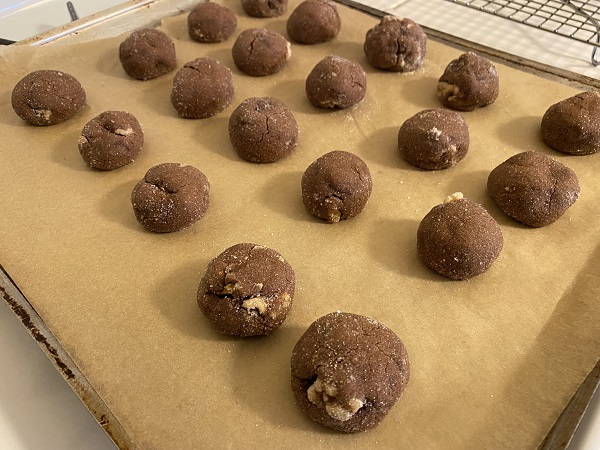
Chocolate cookies with a smidge of “forever chemicals”
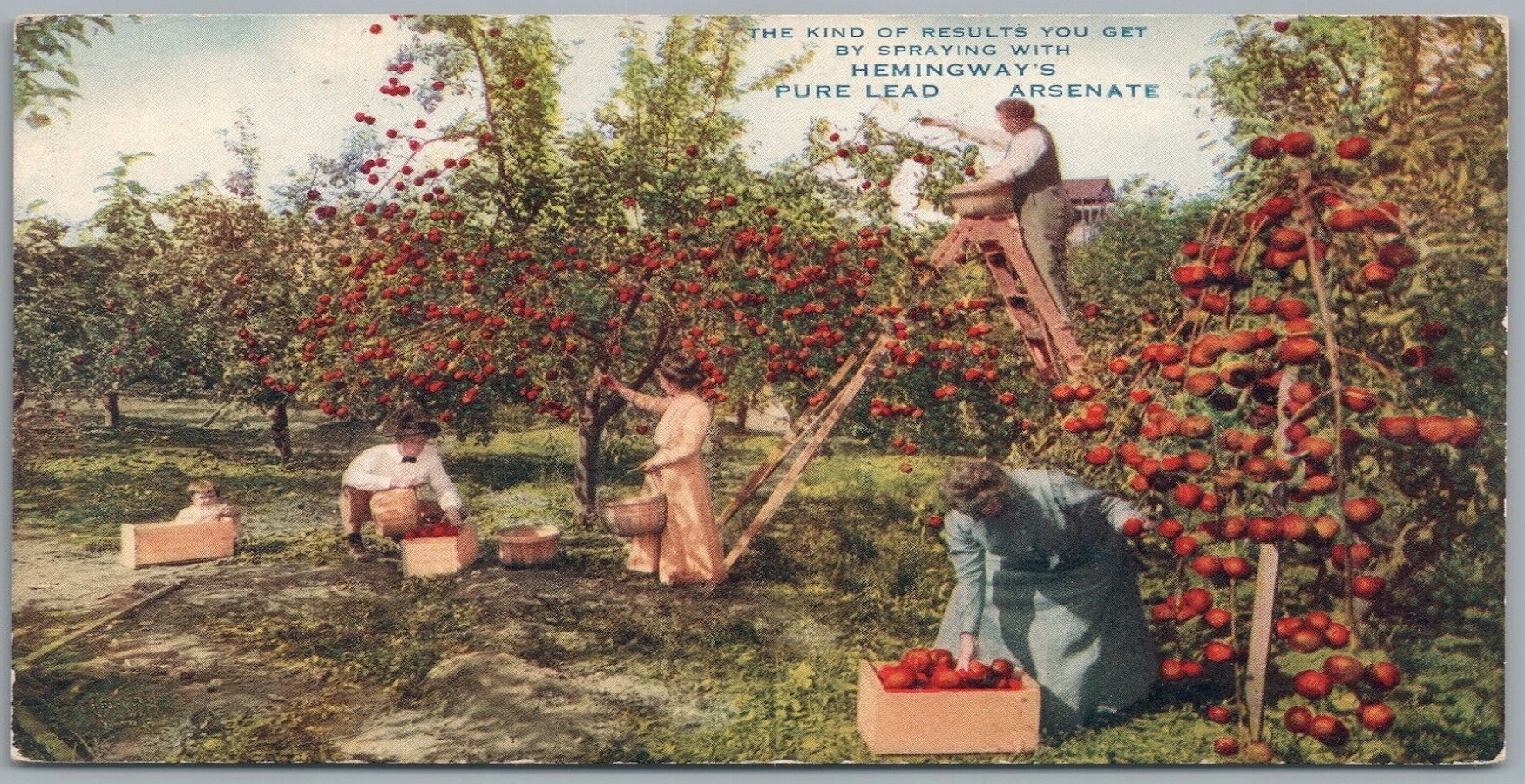
Innocent until proven guilty works for people — not chemicals.
